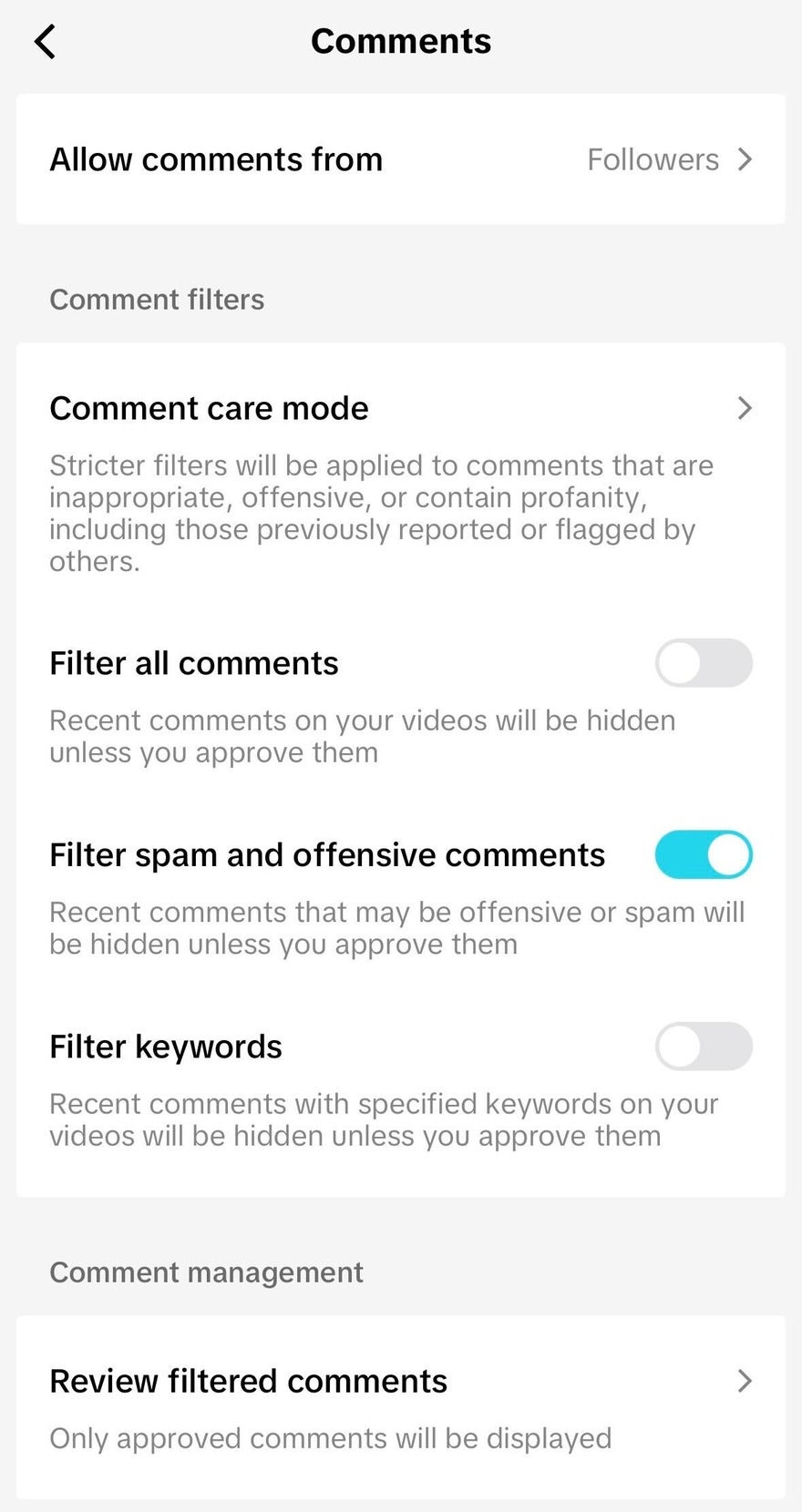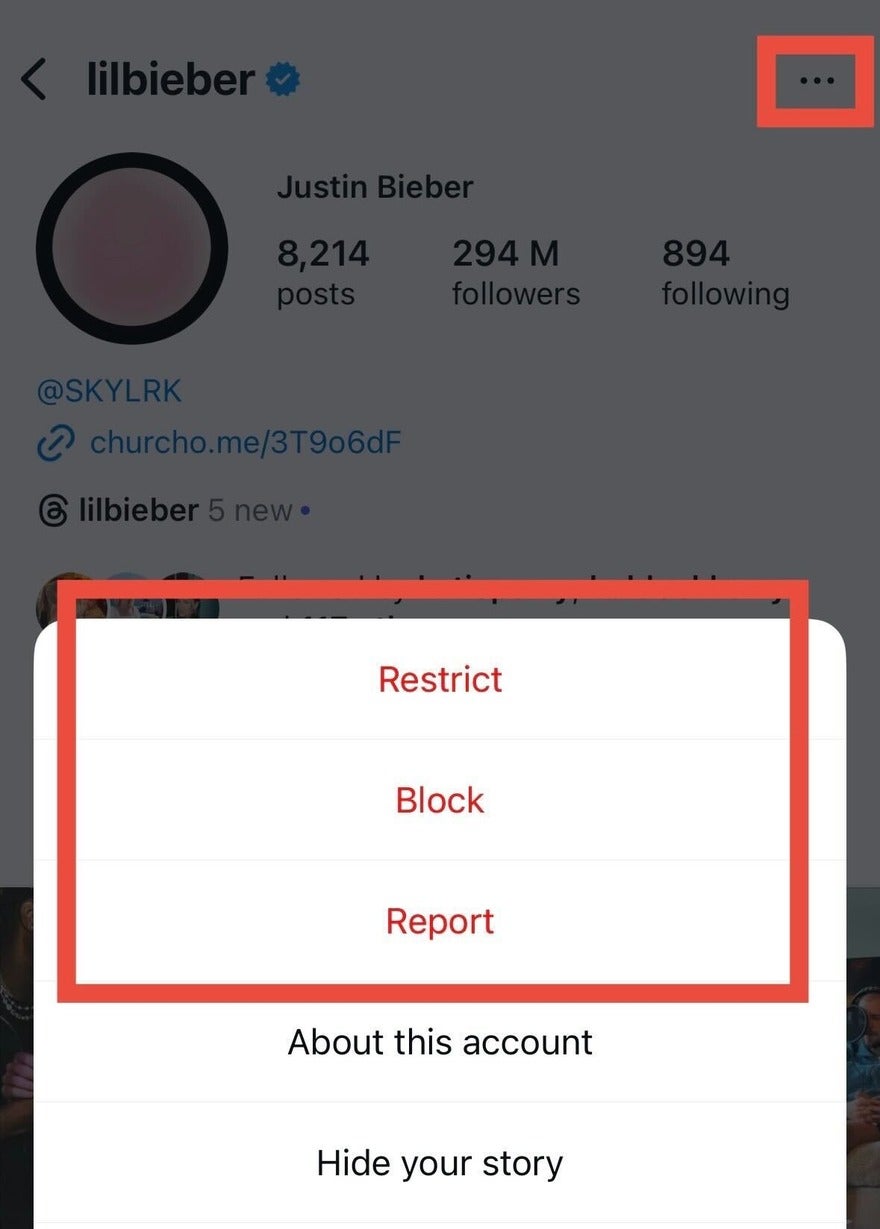Got Haters? Your Business Should Hear Them Out
We may receive a commission from our partners if you click on a link and purchase a product or service on their website. Learn more

While using social media as a business can unlock many opportunities, it can also be a place of negativity.
For small businesses facing unwelcome comments, disabling them altogether may seem like a quick fix. However, the consequences of doing this may cause more issues for your brand.
Thankfully, there are many alternatives to turning off social media comments. I’ll go over each of the options, explain what they’re most useful for, and show you how your business can action them.
Pros and Cons of Turning Off Comments
Unfortunately, users find it much easier to give a business negative backlash online than they would in a store. Disabling comments is an effective way to stop this behavior, but it also has deep consequences:
Pros
✅It minimizes the reach of negative feedback
✅Saves time compared to regular social media comment moderation
✅Prevents spam and promotional comments from appearing on your pages
Cons
❌Disables a key engagement metric that algorithms use to boost your online visibility
❌It places a barrier between your brand and your audience, which limits relationship building
❌ You’ll also be blocking users from sharing positive comments about your brand
Alternatives To Disabling Social Media Comments
Disabling comments provides a surface-level fix while simultaneously creating deeper issues. This is why you should never turn your comments off entirely, especially if you’re trying to grow your business on social media and build trust.
Instead, I recommend tackling negative comments with these three alternative methods:
#1. Responding to Negativity
If the comments of concern are negative feedback on your product or services, it’s best to face them head-on. Studies show that 88% of customers are willing to look past poor online feedback if they see a brand has replied adequately, so knowing how to respond to negative reviews is vital.
Respond quickly, politely, and empathetically, and always offer a solution where possible.
#2. Filtering Comments
Social media platforms also have comment moderation tools that can prevent the need for turning them off completely. This allows you to approve or decline new comments before they become visible on your posts.
Controls will vary between platforms. Using TikTok as an example, I could filter all new comments, look for comments including recognized hateful or spammy language, or input custom keywords that I want to approve.

#3. Limiting User Access
Sometimes, users simply love to hate. If you find you’re being targeted by a specific individual or a handful of users, I recommend blocking these accounts.
However, when a user visits your account and sees the “user not found” button, it can add fuel to the fire, especially if you get too block-happy.
A softer alternative, available on Instagram, is restricting users. This means that:
- Their future comments on your posts will only be visible to you unless you approve them
- They won’t be able to tag or mention you in posts
The key difference is that restricted users can still see your posts and profile page. This means that it isn’t immediately obvious that they’re restricted, which reduces the chances of further public backlash.
To block or restrict a user on Instagram, hold down on a comment they’ve posted. Alternatively, you can visit their profile and click the ellipses (…) in the top right corner.

Take Control of Your Comments
In the past, turning off social media comments may have been the first port of call, but thanks to advanced privacy controls, there are plenty of better alternatives.
To help you decide the best course of action, you should note:
- The type of comment: If a customer has a genuine issue or concern, responding directly and politely is the best solution.
- Any constructive takeaways: If you are receiving similar negative comments from multiple users, or if these comments are under a specific post or type of content, you should consider whether the feedback could help you improve your business.
- Patterns and trends: To identify the right fix, think about which elements of the comment are distressing you. For instance, if it’s the user, you could block them, whereas if it’s related to the content, filtering your comments would be more effective.
By using one of these alternatives to turning off comments, you’ll be able to keep your communication lines open and continue to build positive relationships with users who enjoy your content, and increase customer loyalty – all while keeping your brand’s social media experience enjoyable!





Leave a comment